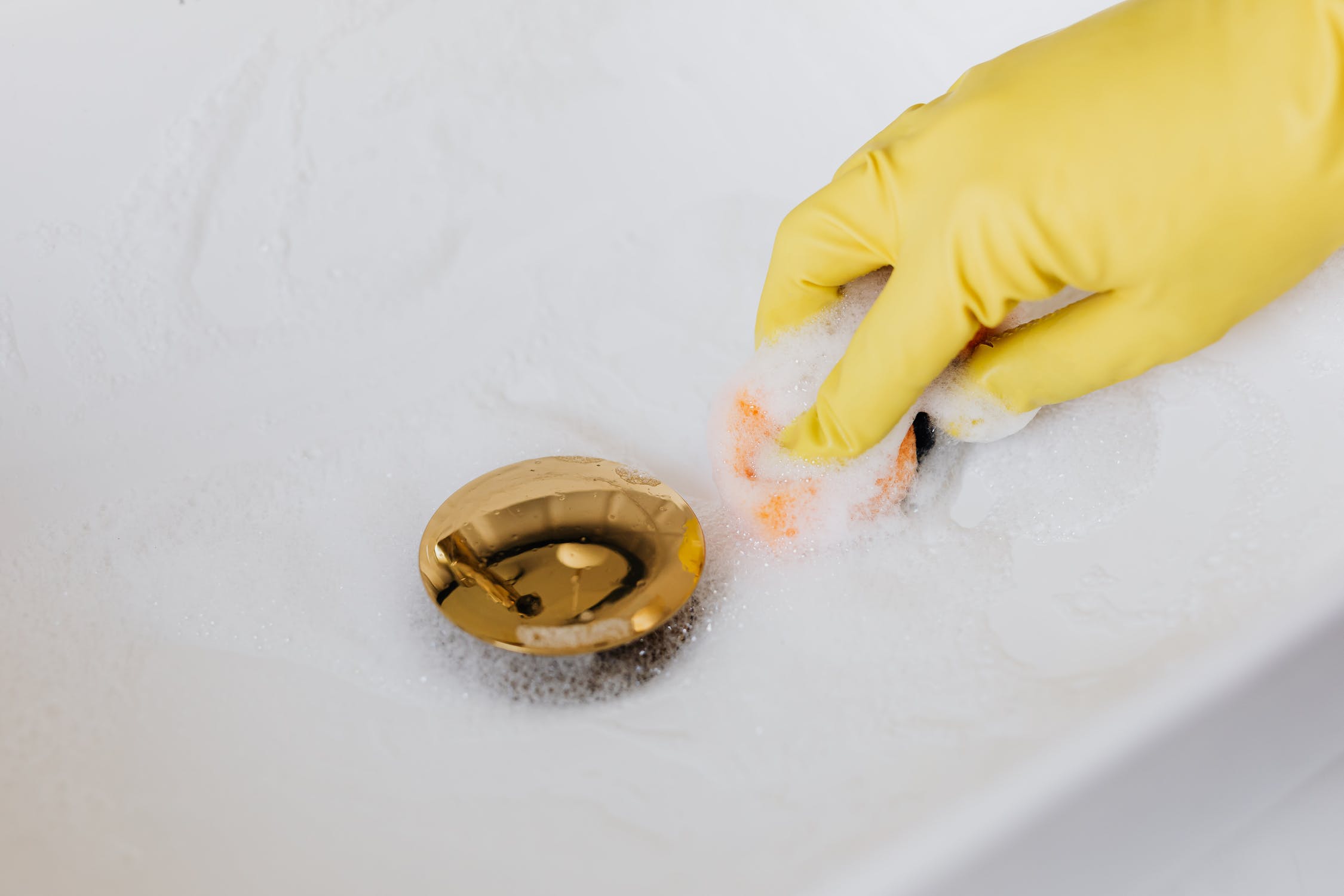Clogging of plumbing drains or bathroom pipelines happens to most people at some point, no matter how vigilant they are about avoiding them. While more severe clogs may necessitate the services of a plumber, many can be resolved with a do-it-yourself method. In this article, we’ll go over the various approaches to unclog drains.
1. Use Clothes Hanger Or Drain Snake

You can fish around in your pipe for the impediment causing the clog by straightening out a clothes hanger and creating a small hook on its end. A closet auger or drain snake can be obtained at your local hardware shop and used similarly. These instruments can often travel deeper into the pipe and have more flexibility, helping you unclog drains without enlisting the services of a professional.
2. Use a Plunger

Picking up the plunger is typically your first reaction when you flush the toilet and the water comes back up. Did you know that you can use a plunger in various places, including your kitchen sink? Yes, it’s true. You can even try it in your bathtub!
Make sure your sink or tub has a few inches of water in it before you begin. When plunging, make sure the plunger is filled with water rather than air; this will help the procedure go more smoothly. These suggestions will make your creative plumbing a little less complicated.
3. Baking Soda, Vinegar, and Hot Water

A mix of baking soda, vinegar, and hot water may be effective for more difficult blockages. Because vinegar is an acid and baking soda is a base, combining the two will result in a chemical reaction that will generate pressure and possibly dislodge the blockage. Pour half cup baking soda, half cup white vinegar, and then a lot of hot water down the drain.
4. Use A Vacuum
Wet/dry vacuums clean both liquids and dry dust and grime, as the name suggests. They suck waste from clogged drains, particularly if the clog is high up. To avoid a mess, lay an old plunger head over the plughole before you start. Then, using the most powerful suction, put the vacuum to the liquid setting and place it over the plughole. Vacuum for 1-2 minutes after turning it on. Then turn the water off and run it slowly to examine if the sink is clear.
5. Clean The Trap

The p-trap is the bent pipe under your sink that collects debris and prevents it from entering the rest of your house’s plumbing system. Use a wrench or pliers to remove the u-shaped pipe (the p-trap) under your sink. Clean the p-trap and rinse and clean any debris in a different sink. Then replace to see if the clog is gone.
Conclusion
If none of these solutions work, it’s time to seek professional assistance. Professional drain cleaning services may be provided by experienced plumbers who can clear any challenging clogs without causing damage to your plumbing system. They can also tell if your drain issues result from something more serious, such as damaged pipes or sewer line obstructions.

